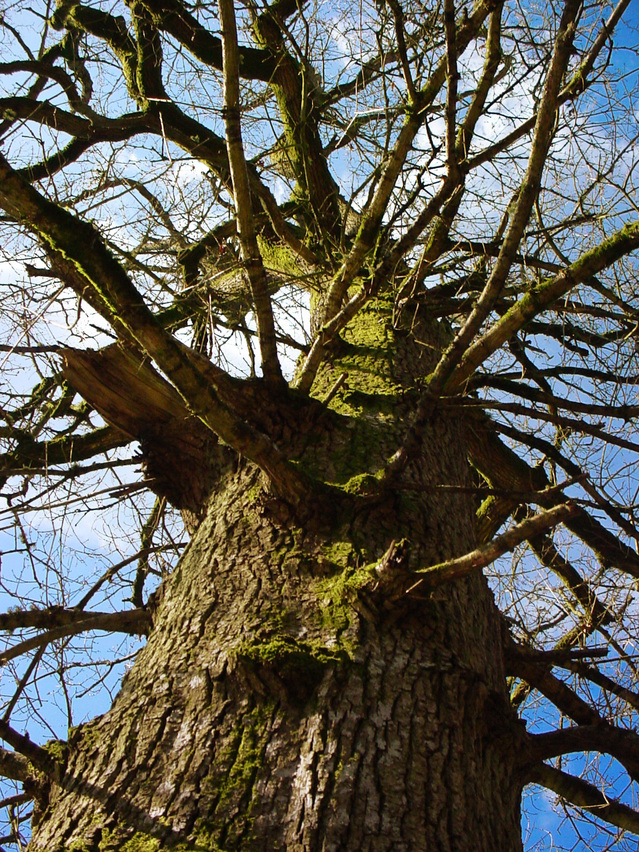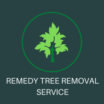Limbs
Observe the tree as the seasons’ switch. Look precisely at the limbs for the green bumps that imply possible new branch growth.
Notice if the tree has any signs of new leaves, flowers, and fruits. Check the thin limb by breaking it to feel if it bends or snaps off the tree with a dry crack. Look inside the stem to determine if the branch is dry or moist living trees of pliable green branches.
Scratch the bark of a young tree with a blade or nail. Look for green under bark that is damp to the touch in a living tree. Brown dry bark signals the branches dead.
Consult care guidelines for your tree signs for new growth and healthy Bark. The tree may be stressed and merely need additional care.






